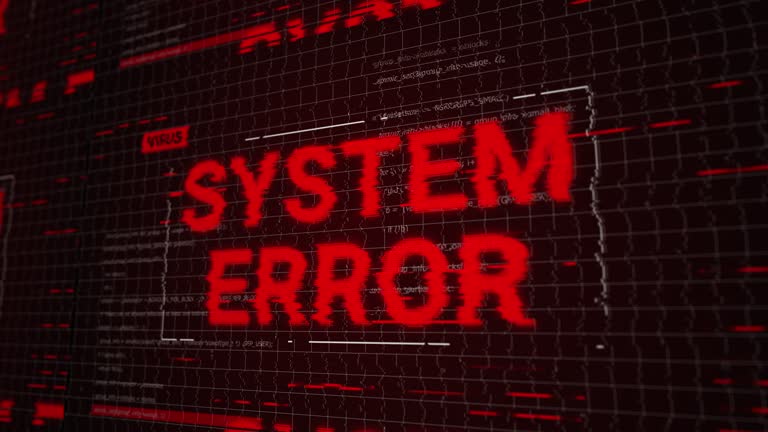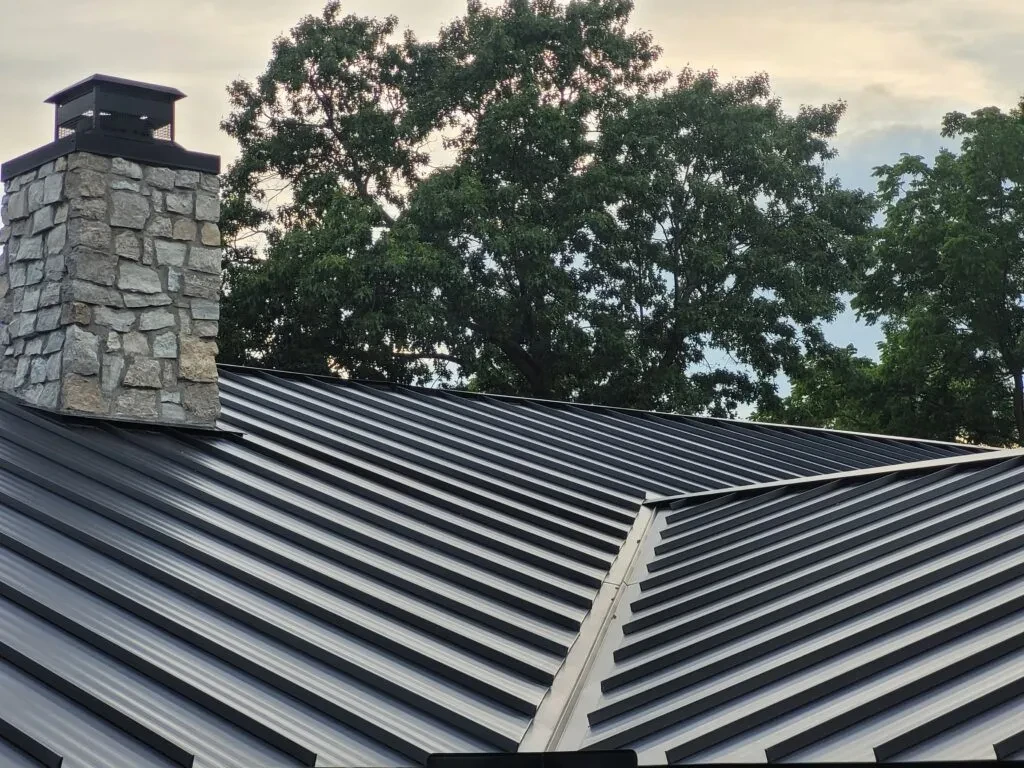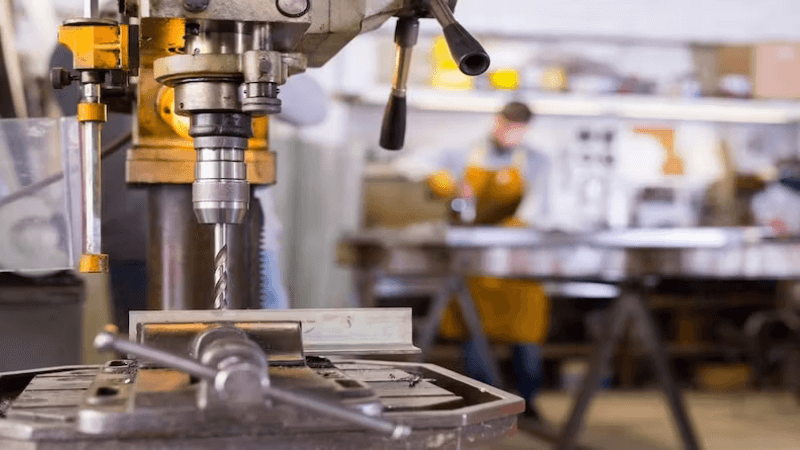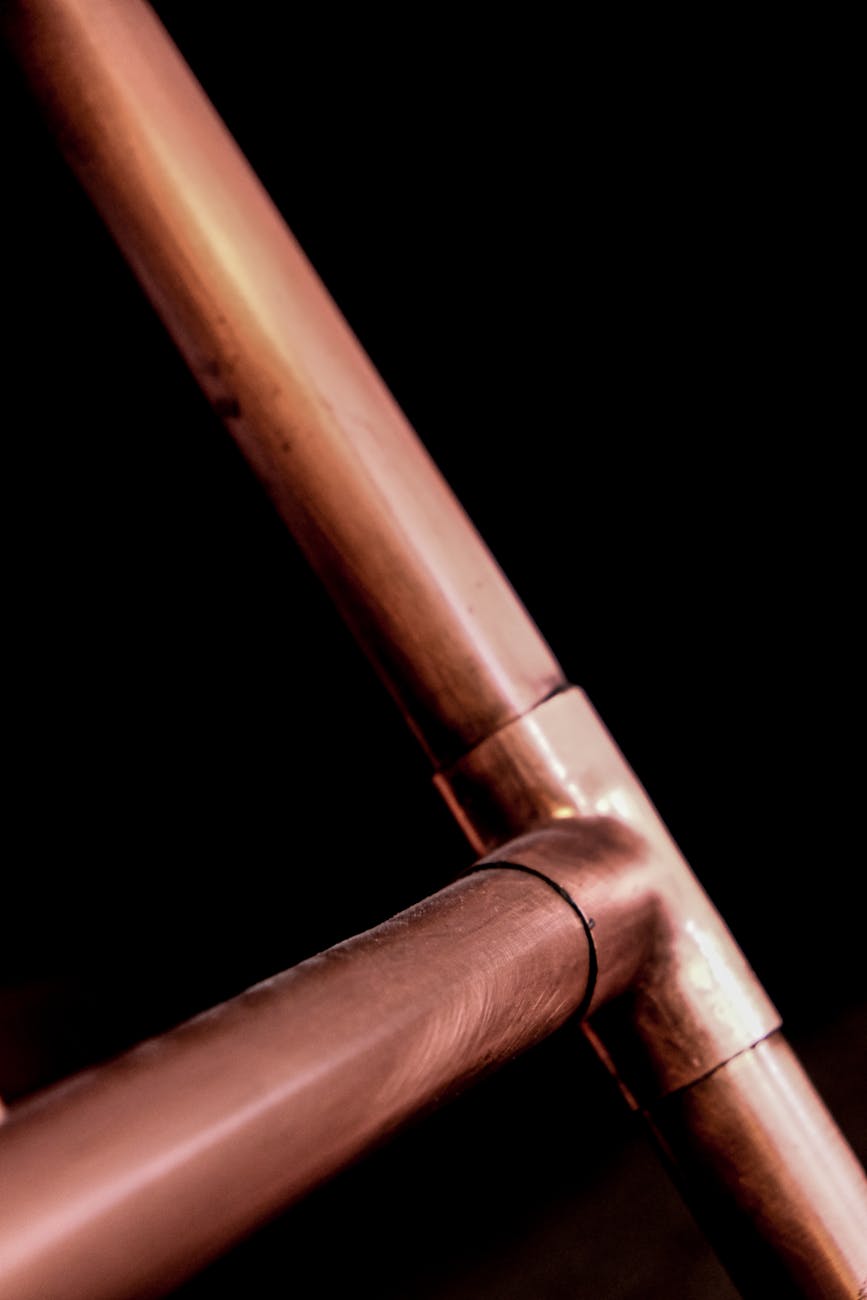Copper Busbar: Efficiency and Reliability in Electrical Systems
Copper busbar systems play a central role in distributing power within modern electrical networks. Known for its excellent conductivity, copper provides high efficiency and durability across industrial, commercial, and residential applications.
- What Is a Copper Busbar?
- Advantages of Copper in Power Distribution
- Applications of Copper Busbars
- The Future of Copper in Energy Systems
By ensuring stable current flow, copper components improve safety and extend the life of electrical infrastructure.
What Is a Copper Busbar?
A copper busbar is a solid strip or bar made of copper, designed to conduct electricity within switchboards, distribution boards, and other electrical equipment. Unlike cables, busbars allow for compact layouts and reduced energy losses. Their ability to carry large currents in confined spaces makes them vital in both small-scale installations and large complex systems.
The high conductivity of copper means busbars can transfer energy with minimal resistance, reducing heat generation and supporting better energy efficiency. This is particularly important in facilities where reliability and continuous operation are critical, such as data centers, factories, and hospitals.
Advantages of Copper in Power Distribution
The use of copper in busbars provides several advantages over other materials. Its mechanical strength ensures durability under demanding conditions, while its thermal performance allows stable operation even at high loads. Copper busbar systems are also resistant to corrosion, which extends their service life and reduces maintenance needs.
Applications of Copper Busbars
Copper busbars are widely used in manufacturing processes, renewable energy systems, automotive applications, and smart infrastructure. In the automotive industry, for example, busbars help manage power in electric vehicles by reducing weight and optimizing efficiency. In renewable energy, they connect solar panels and wind turbines to grids, ensuring smooth and reliable power distribution.
In large-scale buildings, copper components form the backbone of power distribution systems, supporting elevators, lighting, HVAC, and other vital services. Their role is not only functional but also strategic, enabling sustainable growth by maximizing electrical performance while minimizing energy waste.
The Future of Copper in Energy Systems
As global energy demands rise, the importance of copper cutter technology will continue to grow. The combination of conductivity, durability, and versatility makes copper essential for building resilient electrical infrastructure. Whether in traditional power grids or advanced renewable systems, copper ensures efficient and reliable energy flow.
The ongoing shift toward electrification and smart energy solutions highlights the need for trusted materials. Copper, with its unmatched properties, will remain a cornerstone of safe and efficient power distribution for decades to come.









